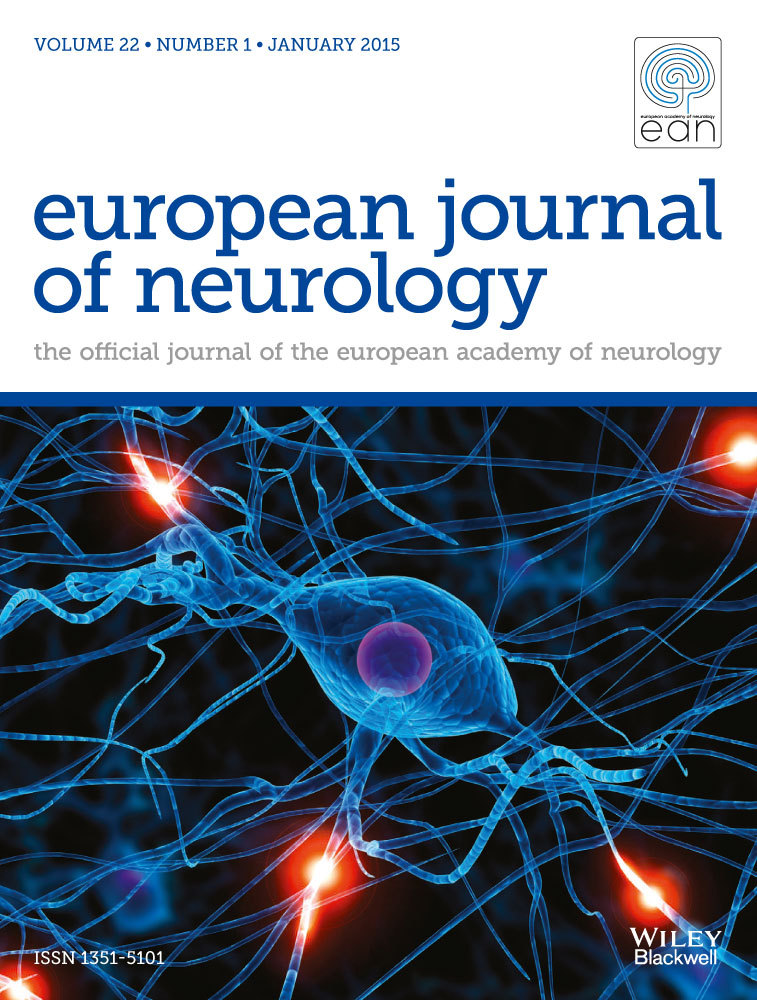A roadmap toward promoting and improving brain health in Europe and closing the awareness and funding gap
Abstract
Background and Purpose
The global burden of neurological diseases exceeds 43.1%, imposing a significant burden on patients, caregivers and society. This paper presents a roadmap to reduce this burden and improve brain health (BH) in Europe.
Methods
The roadmap is based on the European Academy of Neurology's (EAN) five-pillar BH strategy: advancing a global BH approach (P1), supporting policymaking (P2), fostering research (P3), promoting education (P4), and raising awareness of prevention and treatment (P5). It reviews current efforts, collaborations and future directions aligned with the WHO Intersectoral Global Action Plan (iGAP) for Neurological Disorders and suggests future initiatives and call for action.
Results
- P1: Support WHO-iGAP through defined action points, international collaborations, in particular, the WHO BH Unit, and the EAN Brain Health Mission.
- P2: Collaborate with 48 national neurological societies to promote National Brain Plans (NBPs), addressing local needs, and improving access to care.
- P3: Advocate for more research funding; identify determinants of BH; develop preventive measures.
- P4: Provide educational opportunities for neurologists, public education programs, and advocacy training, including tools to educate the public.
- P5: Spearhead global awareness campaigns, organize public educational activities, and train BH advocates to contribute toward sustainable and long-term public health campaigns and policy engagement.
Conclusions
The paper highlights the importance of a unified approach, integrating international collaborations and local initiatives, to improve BH outcomes based on the WHO-iGAP, and support sustainable development goals, in particular SDG 3: Good Health and Well-being and SDG 4: Quality Education.


 求助内容:
求助内容: 应助结果提醒方式:
应助结果提醒方式:


